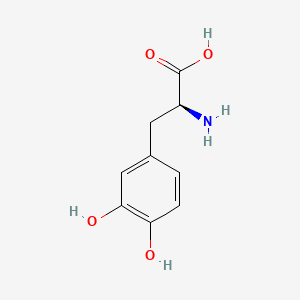
Veloxis Pharmaceuticals announced today that the U.S. Food & Drug Administration (FDA) approved a new indication for Envarsus XR (tacrolimus extended-release tablets) to prevent organ rejection in de novo kidney transplant patients in combination with other immunosuppressants. This indication is commonly referred to as the de novo indication.
Envarsus XR was approved for the prophylaxis of organ rejection in kidney transplant patients converted from tacrolimus immediate-release formulations in 2015 and has already been used in the conversion setting in more than 90% of the transplant centers in the U.S. The approval for de novo use provides an important new treatment option for kidney transplant patients and providers, where significant unmet need currently exists.
"Today marks the beginning of an exciting new chapter in immunosuppression. Kidney transplant patients will now be able to receive a refined and simplified gold standard treatment regimen from the beginning of the kidney transplant journey," said Ulf Meier-Kriesche, M.D. Chief Scientific Officer at Veloxis Pharmaceuticals, Inc.
The FDA's approval is based on the Phase 3 clinical development program which was a randomized, double-blind, double-dummy, Phase III study in 543 de novo kidney transplant patients that demonstrated comparable efficacy and safety compared to twice-daily tacrolimus (Prograf®).
The primary endpoint of the study was a composite endpoint of treatment failure (biopsy-proven acute rejection or BPAR, graft failure, loss to follow up or death) that was evaluated after a 12-month treatment period to demonstrate the non-inferiority of Envarsus® compared to Prograf®. The treatment failure rate for Envarsus® was 18.3% compared to 19.6% for Prograf®.
"There are approximately 200,000 patients living with a kidney transplant today and we have seen a significant number of them convert to Envarsus XR since our launch in December 2015. With the addition of the de novo indication, the roughly 16,000 adult patients who receive a kidney transplant each year will now have access to Envarsus XR following surgery. This approval is another example of Veloxis's commitment to transplant and the patients, donors and providers that make it all possible," said Craig A. Collard, Chief Executive Officer of Veloxis Pharmaceuticals A/S.
--------------------------------------------------------------------------------------------------------------------







